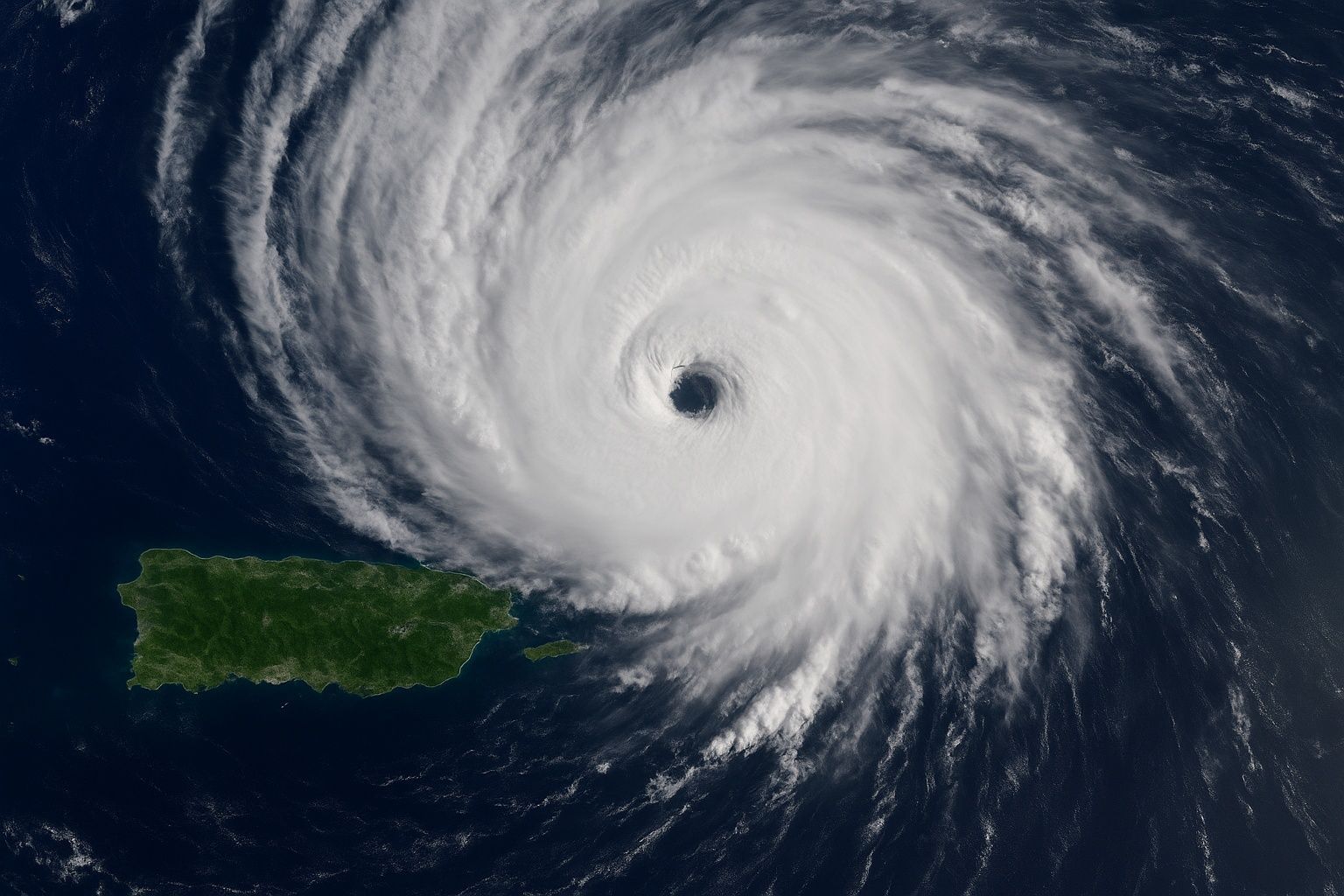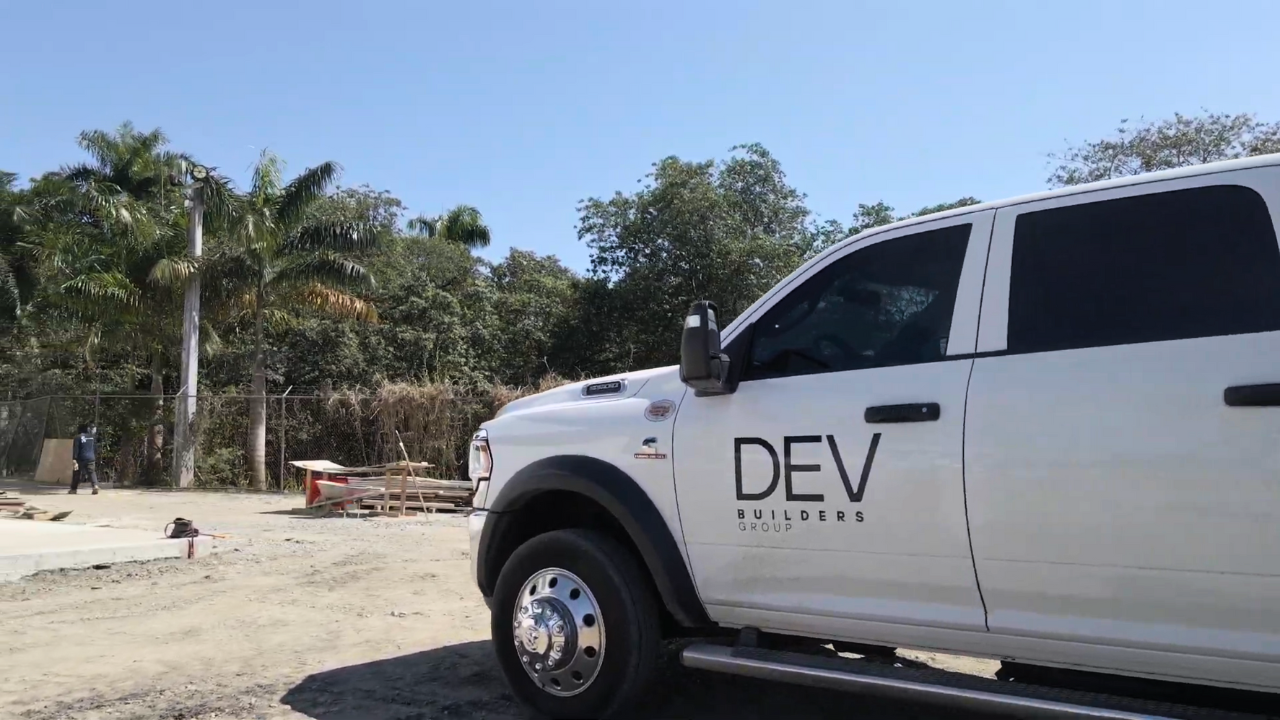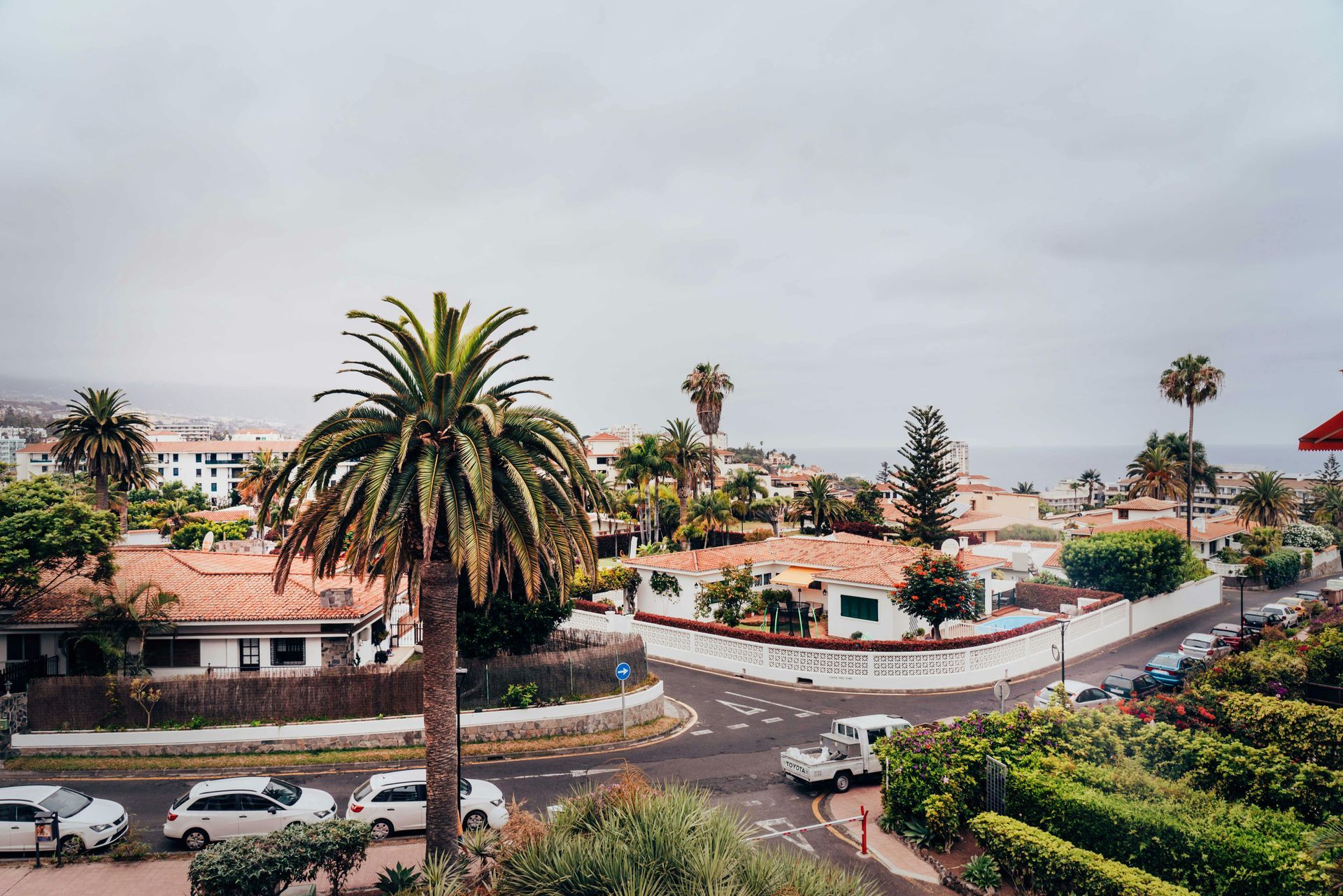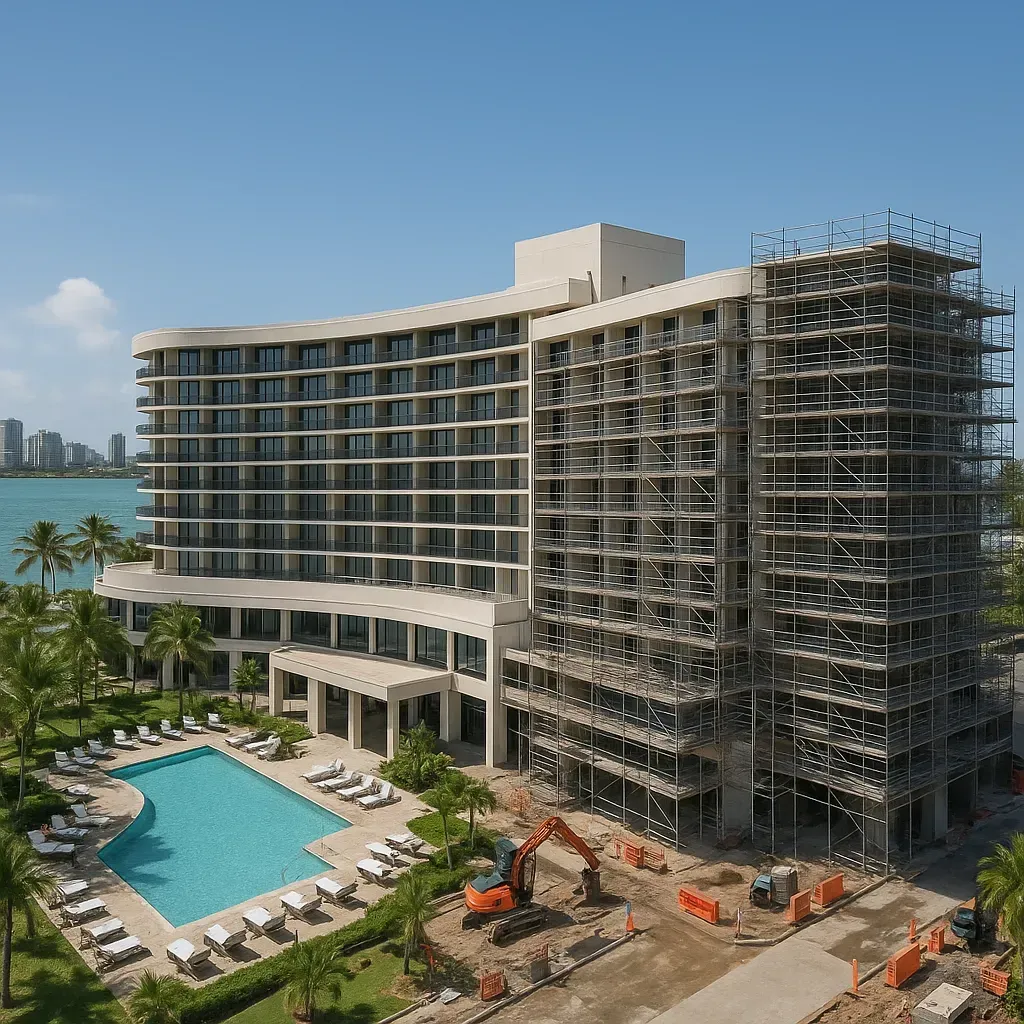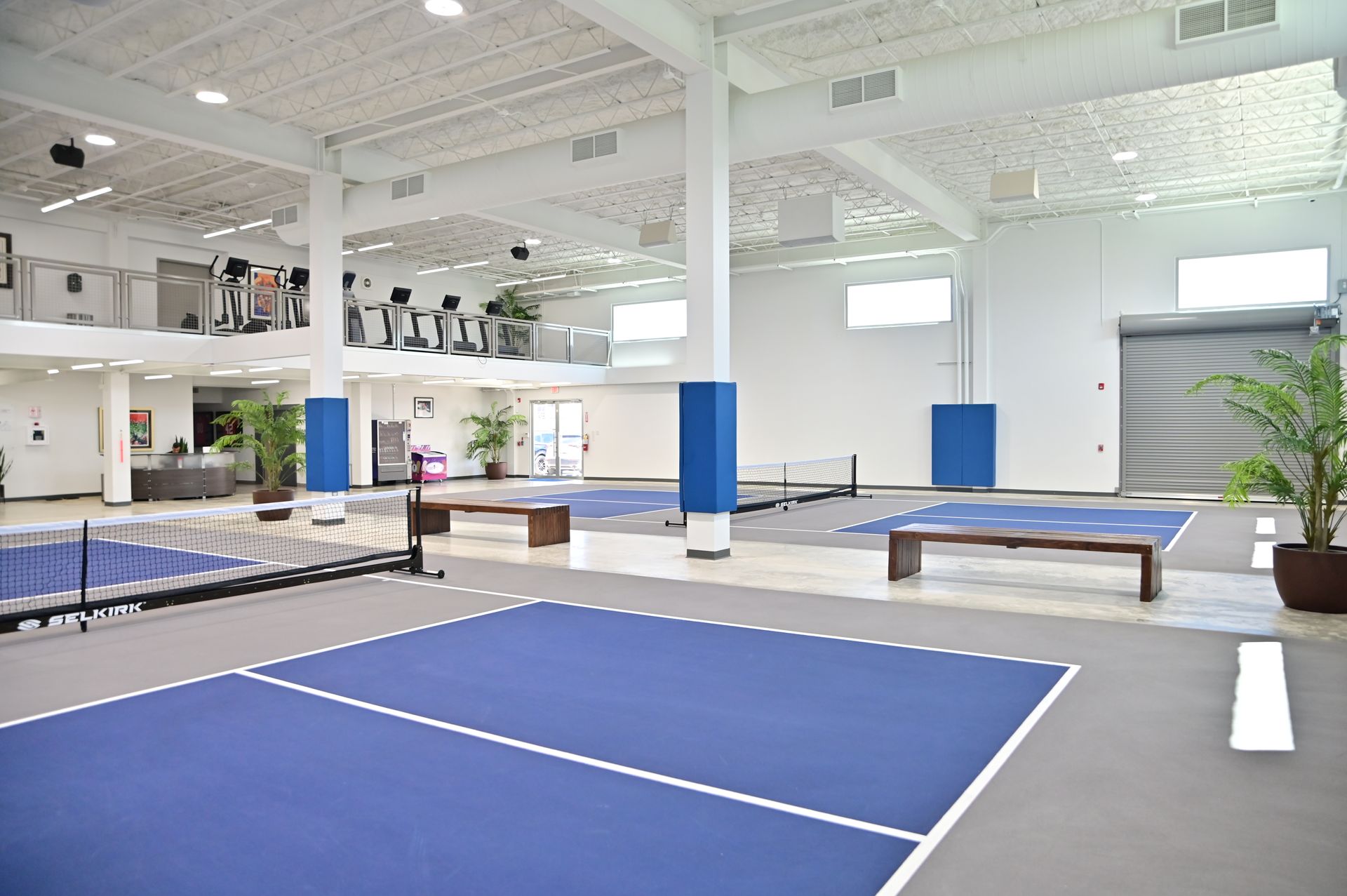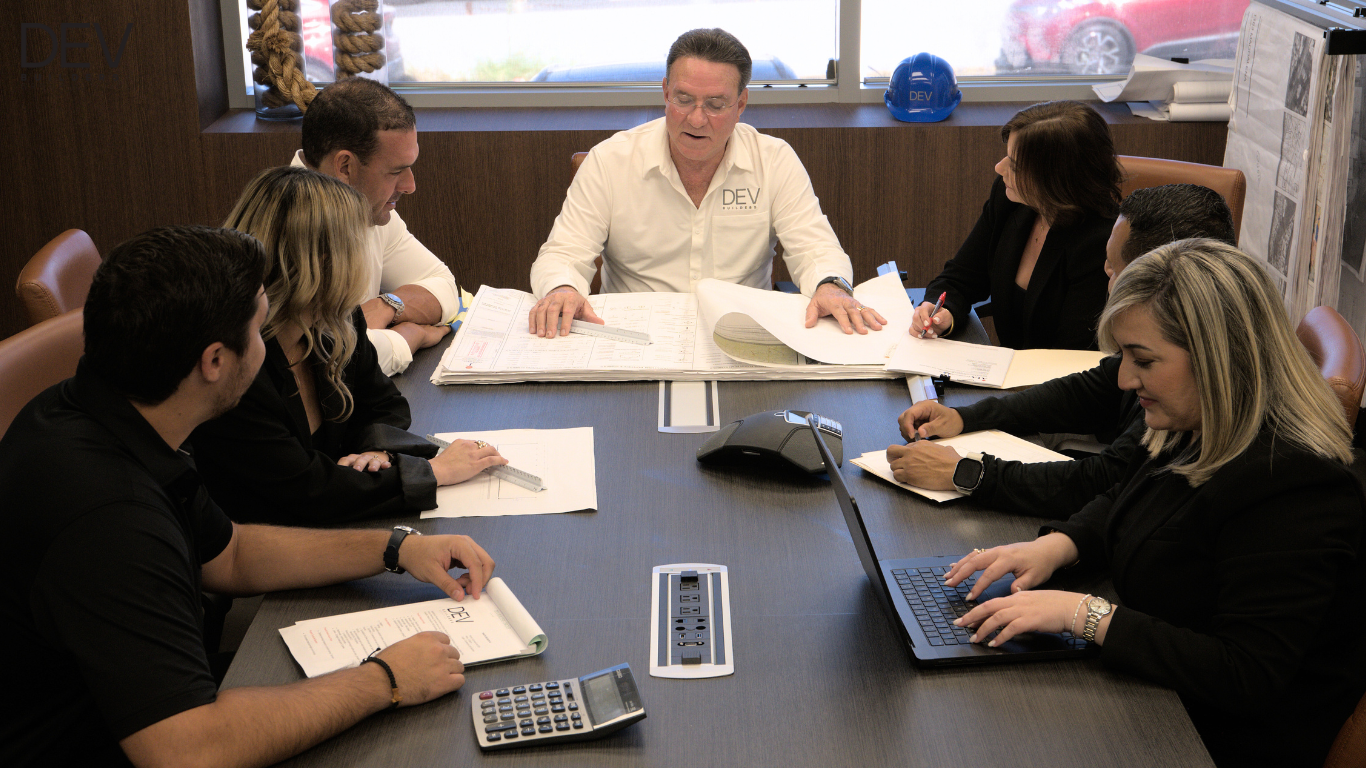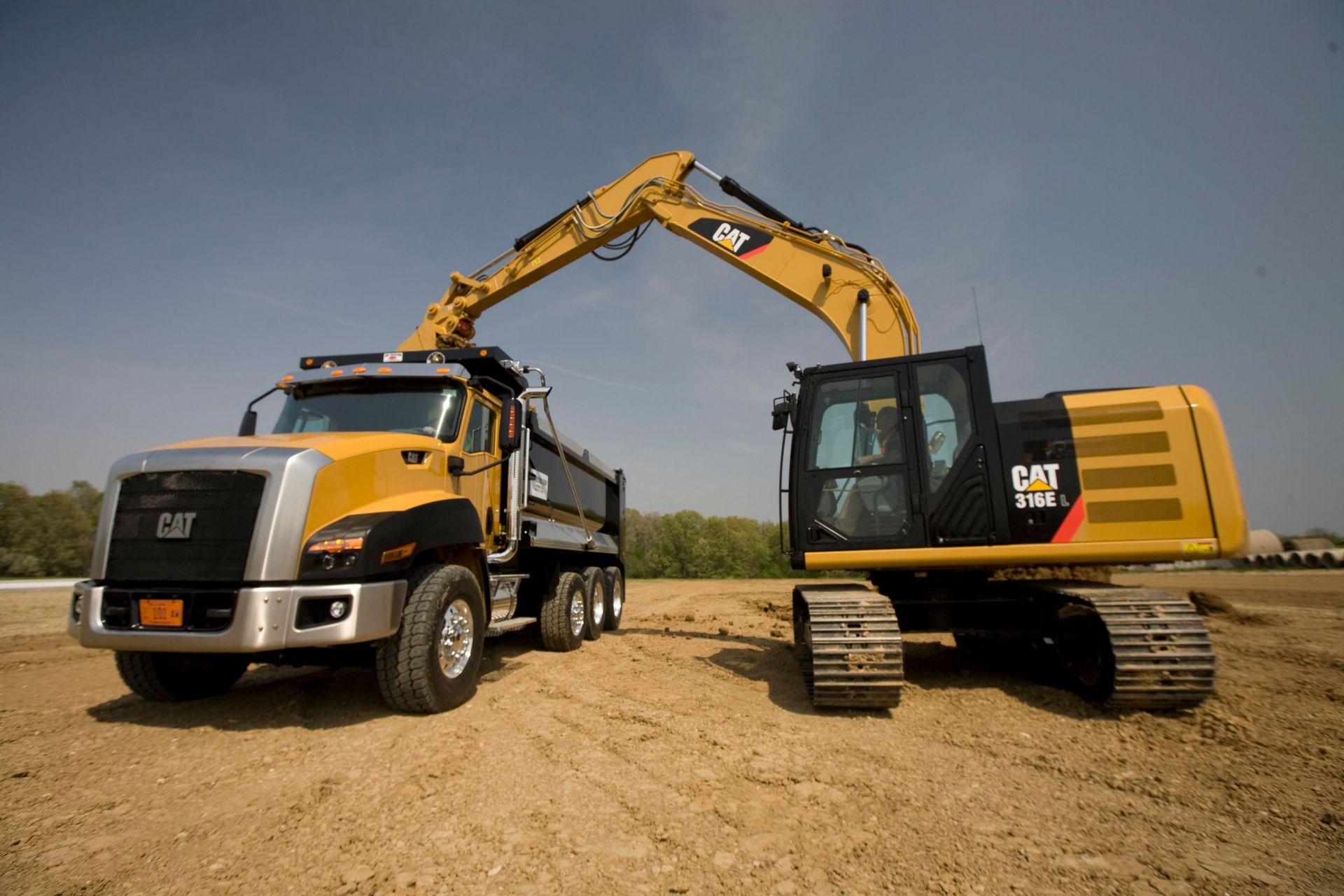Build a Home in Puerto Rico: Investor Step‑by‑Step
Quick Answer
Yes, you can build in Puerto Rico with a clean process. Confirm zoning and flood risk, hire Puerto Rico‑licensed design pros, file construction permits through the Single Business Portal, coordinate utilities, and close with inspections and occupancy.
Start by checking zoning and FEMA flood maps, then engage an architect/engineer to prepare permit‑ready plans.
Introduction
Puerto Rico rewards disciplined projects. The island has strong building codes, coastal rules, and real logistics. U.S. investors who respect those rules get better outcomes. This guide shows each step with local tools and practical notes you can use today.
Why Building in Puerto Rico Matters for Investors
Puerto Rico’s climate, topography, and codes shape every decision. Wind and seismic loads drive structural choices. Coastal setbacks and flood maps affect site plans. Island logistics influence schedule and cost. Treat these as design inputs, not surprises.
How the Process Works in Practice
Use these steps to move from land idea to move‑in.
- Check the land first. Confirm zoning and land use on official planning portals. Pull FEMA flood maps to see A or V zones before you spend on design.
- Close correctly. In Puerto Rico, deeds are executed by a notary who must be an attorney. Monitor filings in the Property Registry to confirm recording.
- Hire licensed pros. Your architect/engineer must hold a Puerto Rico license and design to the Puerto Rico Building Code and local amendments.
- File permits through OGPe (SBP). Use the Single Business Portal for consolidated construction permits and endorsements. Some cities run autonomous permit offices under the same framework.
- Coordinate utilities early. Start electric and water account setups once you have an address and required documents. Review interconnection rules if adding solar.
- Build, inspect, and close out. Inspections check against approved plans and code. You’ll need a use/occupancy authorization at the end.
Local Realities: Permits, Codes, and Incentives
Puerto Rico centralizes most construction activity in the Single Business Portal managed by OGPe. The portal handles applications, endorsements, and inspection workflows.
Coastal parcels may trigger reviews by the environmental and natural resources agency for the maritime‑terrestrial zone. Flood maps and base flood elevations matter for insurance and design.
If you plan to relocate operations, Act 60 incentives may apply once you secure a decree.
Options and Comparisons
Pick the build path that fits your risk and ROI.
- Traditional on‑site construction.
Pros: flexible design, strong local trade base.
Cons: more exposure to weather delays; careful scheduling around material lead times. - Panelized/modular elements with on‑island assembly.
Pros: tighter quality control, fewer weather stops.
Cons: transport logistics, crane access, and customs timing add variables. - Owner‑builder vs. single prime contractor.
Pros: owner‑builder keeps more control; single prime streamlines accountability.
Cons: owner‑builder coordination load is high; single prime requires clear scope and change‑order rules.
Actionable Steps
Move now to de‑risk decisions.
- Screen the parcel. Pull zoning layers and flood maps before making an offer. Save screenshots for records.
- Engage PR‑licensed A/E. Ask for a code memo covering wind, seismic, and flood assumptions.
- Plan utilities. Confirm electric and water service feasibility. Capture any upgrade notes in your budget.
- File the consolidated permit. Use the Single Business Portal for the permit package and endorsements; assign a Profesional Autorizado to manage submissions.
- Lock insurance early. Price builders risk; if in A or V zones, discuss flood coverage triggers with your lender.
- Vet your contractor. Require Puerto Rico experience and a clean inspection track record.
- Schedule for weather. Build buffers for heavy rain and shipping windows.
- Document closeout. Track inspections, punch lists, and use/occupancy authorizations inside your project binder.
How DEV Builders Delivers
At DEV Builders Group, you get an in‑house crew with direct control over concrete, carpentry, electrical, plumbing, finishing, excavation, welding, and glazing. That control shortens feedback loops and protects quality.
We also maintain a full fleet of heavy equipment for site work and logistics, which adds schedule resilience during busy seasons.
Explore our teams and work with these pages:
- Plan smarter with
pre‑construction planning and cost modeling.
- Build with
full‑service construction delivery.
- Protect finishes with
planned maintenance for coastal assets.
DEV Builders Group is a family‑owned Puerto Rico builder with 20+ years of experience delivering high‑quality work as a high‑end, premium, concierge, white glove service.
Need one team to plan, permit, build, and close out? Contact us.
Local Realities: Operating Costs You Must Model
Small choices lower lifetime costs on the island.
- Humidity control. Aim for 50–55% RH with a sealed envelope, correct ventilation, and dehumidification.
- Corrosion cycles. Specify fasteners and coatings for marine air if you are in coastal corridors.
- Power reliability. Size backup power for critical loads and target 72 hours of fuel or battery autonomy, especially in remote or mountain areas.
- Storm downtime. Plan maintenance checks before and after major weather events to shorten restarts.
End‑of‑Life and Adaptive Reuse
Plan exit and reuse now. Design structures with future conversions in mind.
This can reduce demolition, keep materials in use, and preserve resale options if your investment strategy changes.
Final Thoughts and Next Steps
Puerto Rico rewards investors who plan with local data and licensed teams. Use zoning tools, flood maps, and the Single Business Portal to keep work clean.
Engage builders who control crews and equipment so the plan survives real‑world conditions. See our resources or Contact us to move your project forward.
FAQs
Do I need a Puerto Rico‑licensed architect or engineer?
Yes. Design professionals must be licensed in Puerto Rico and will design to the local code set and amendments.
How do I file for a construction permit?
Use the Single Business Portal (SBP) to submit and track your permit and endorsements.
Can I buy land and build near the beach?
Maybe. Coastal parcels often require review tied to the maritime‑terrestrial zone and setbacks. Confirm before you buy.
Who handles the deed at closing?
In Puerto Rico, deeds are executed by notary attorneys and recorded in the Property Registry.
How do utilities work for new homes?
Electric service and water/sewer require account setups with the island’s providers. Review requirements early in design.
Do Act 60 incentives apply to personal homes?
Act 60 is broad. Residency and business activities drive benefits. Review official guidance and seek counsel for your case.
